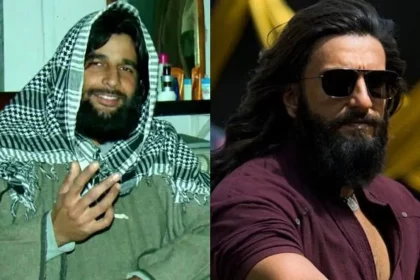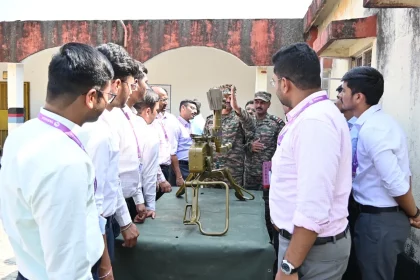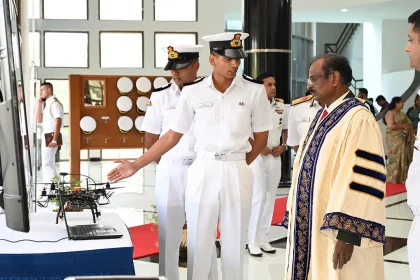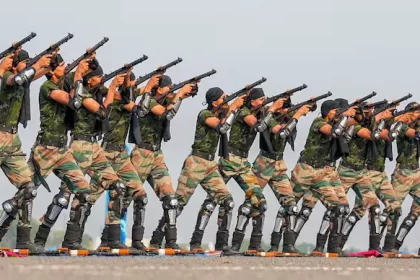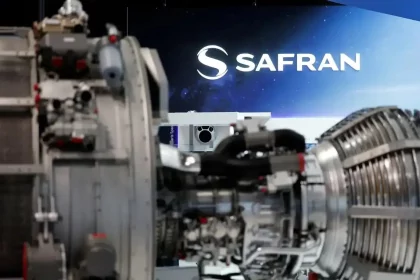Bollywood Film ‘Dhurandhar’ Faces Mounting Controversies Ahead of Scheduled Release
Some users praise the film for its character depth, intense drama, and departure from clichéd spy tropes.
Civil–Military Fusion Training Capsule 2025 Strengthens Synergy Between Indian Army and MPSC Officers
Shivneri Brigade and YASHDA collaborate to build a unified approach to governance, crisis response and national security.
Indian Naval Academy Holds 26th Convocation; 87 Midshipmen, Including International Cadets, Conferred B.Tech Degrees
ISRO Chairman Dr V. Narayanan awards degrees; Midshipmen honoured for academic excellence and technical proficiency.
Army Plans to Double Agniveer Intake to Address 1.8 Lakh Troop Shortfall
Army to Ramp Up Agniveer Recruitment Amid Rising Personnel Deficit.
Lt Gen Pratik Sharma Reviews Operational Preparedness in Siachen and Batalik Sectors
Lt Gen Sharma Commends Battle-Hardened Soldiers Guarding India’s Toughest Frontiers.
Safran Agrees to Full Fighter Jet Engine Technology Transfer to India for AMCA Programme
Safran’s Full Engine Technology Transfer Boosts India’s AMCA Programme and Aerospace Self-Reliance.

